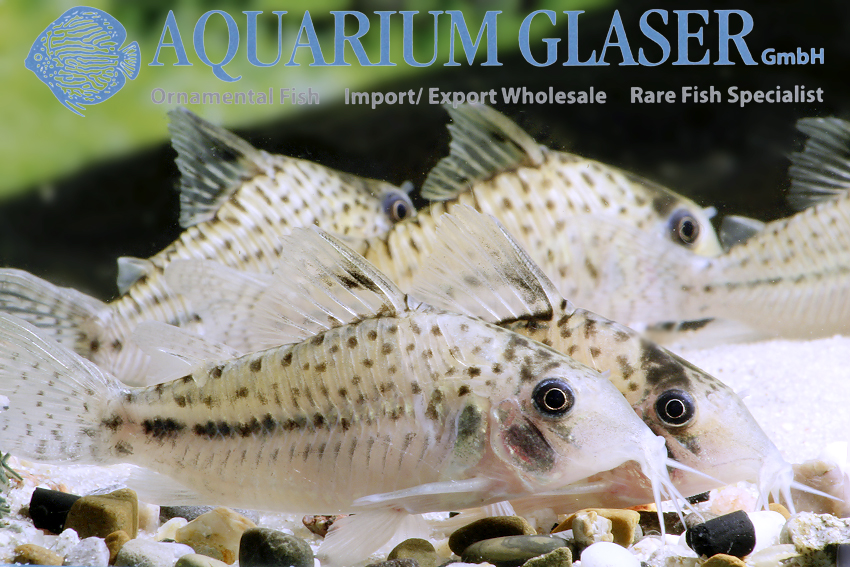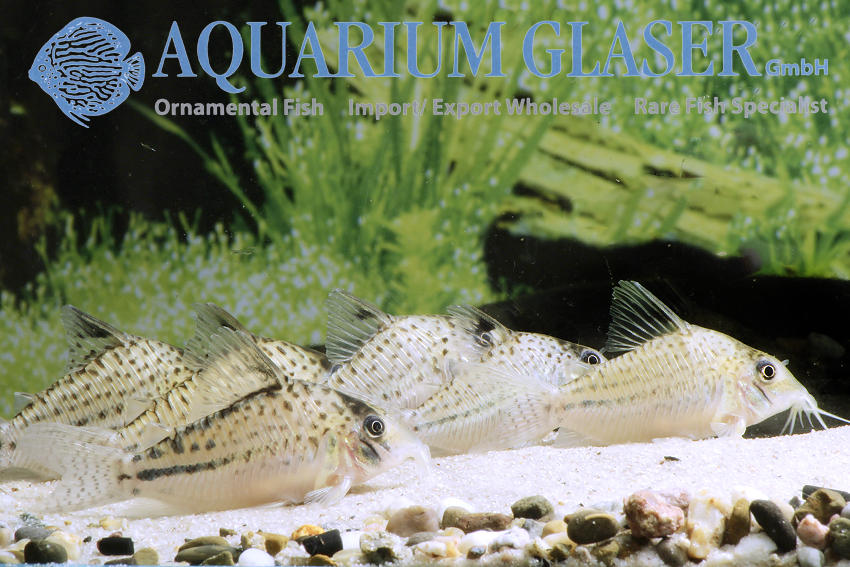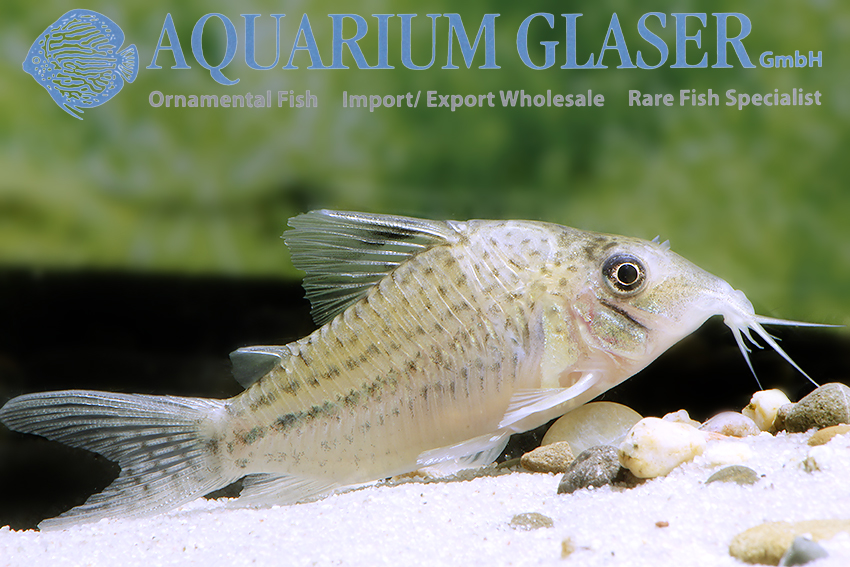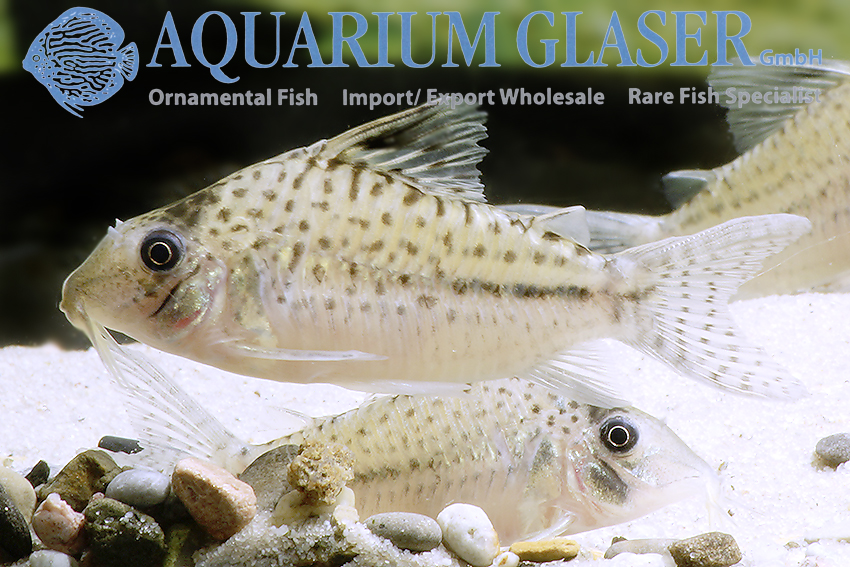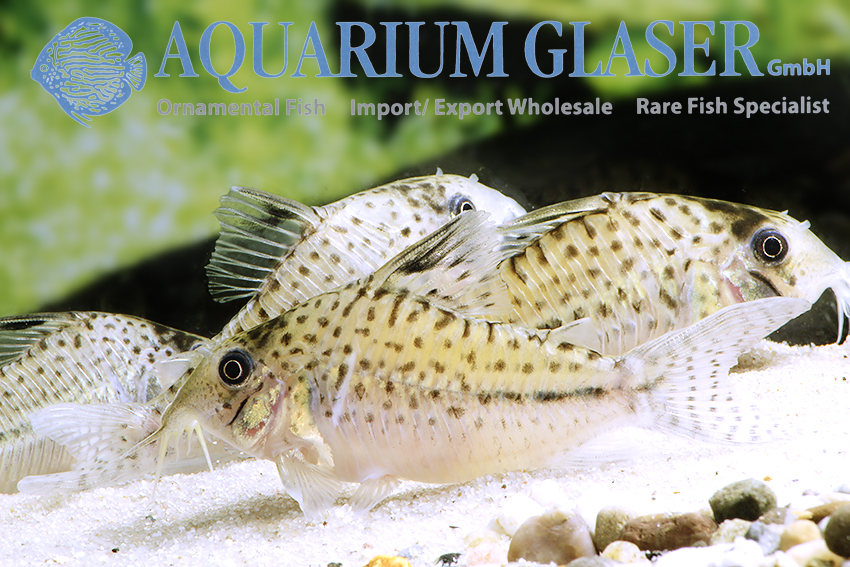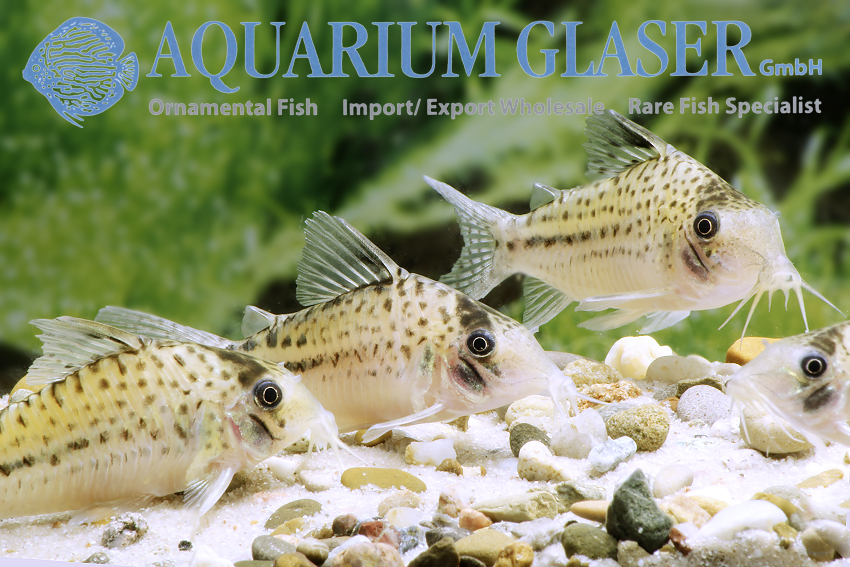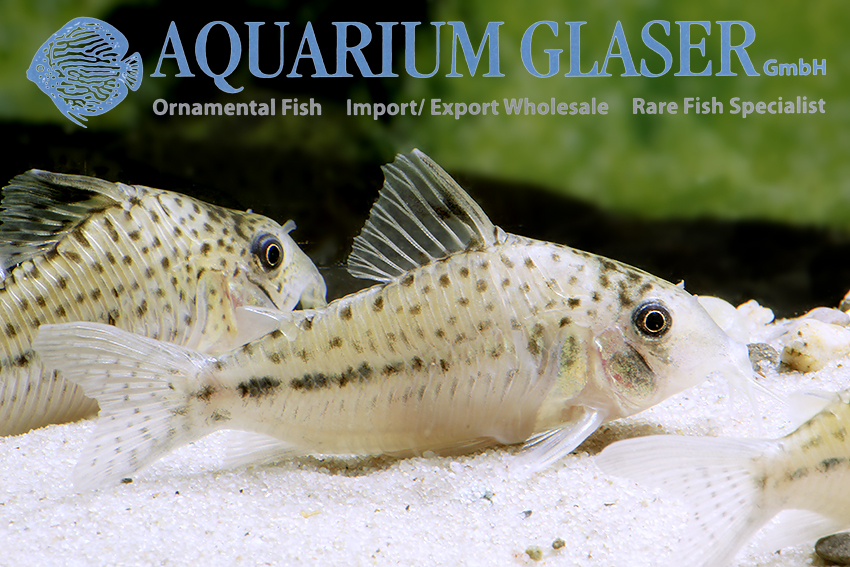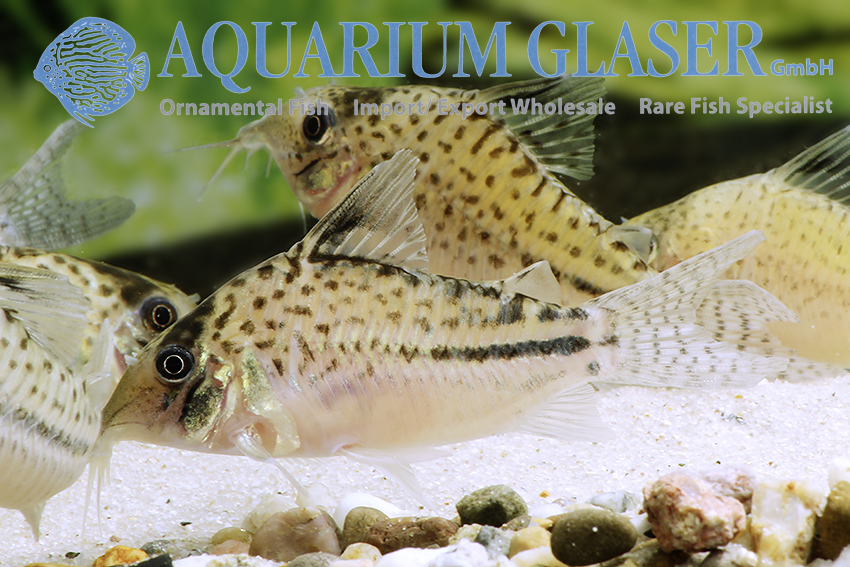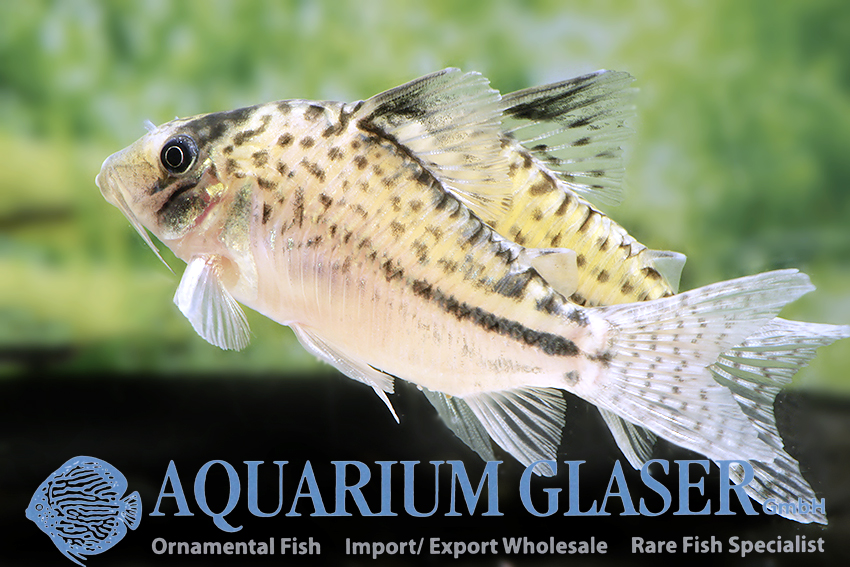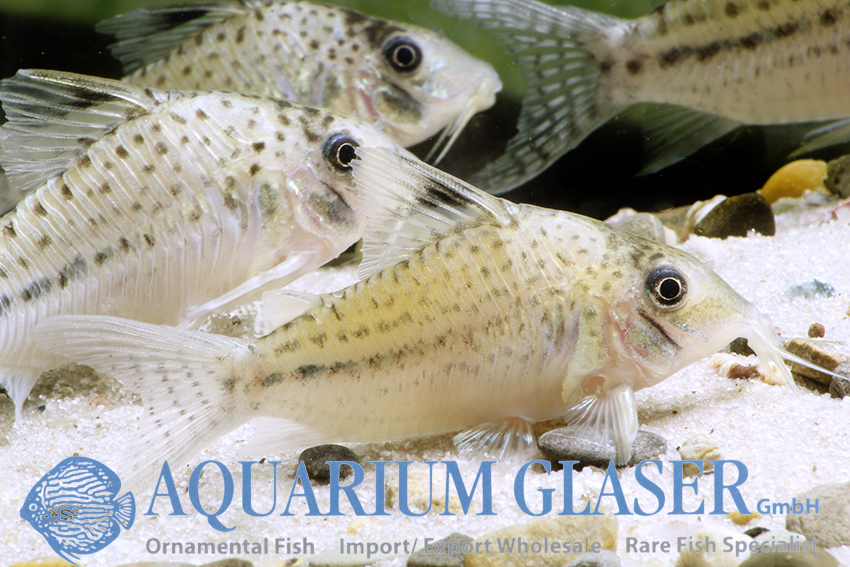216 scientifically described Corydoras species, of which 163 are generally accepted as valid (this number is, of course, constantly changing, as of March 2020), 159 C-numbers and 160 CW-numbers: one should think that gradually all Corydoras are sufficiently known. But there are still several species which are known only because of their scientific description and which are difficult to assign to living imported specimens.
One of these species is Corydoras orphnopterus which has been described in 1970. This long-nosed Corydoras catfish has the following unique combination of colour characteristics: it has a dark eye mask, a black spot in the dorsal fin, which is most intense at the front edge of the centre of the fin, a pattern of relatively small dots, which form three parallel lines on the caudal peduncle in the middle of the body, in the space between which the basic colour of the body – whitish – is lighter than on the rest of the body, resulting in two light bands and a pattern of approximately 6-7 thin bands in the caudal fin, which are dissolved into individual spots. C. orphnopterus has been described on the basis of three specimens collected by an unknown collector at an undocumented time in Ecuador (at the lower Rio Bobonaza between Montalvo (2°06’S, 76°59’W) and Chicherota (2°22’S, 76°38’W, province of Pastaza). The Rio Bobonaza belongs to the catchment area of the Rio Pastaza, which in turn flows into the Amazon in Peru.
For some years now, Corydoras orphnopterus from Peru has been offered, although comparatively rarely and at relatively high prices. Initially, the location where these animals were found was not known. For this reason, and because details of the colour pattern were coarser than in the holotype of C. orphnopterus, and because literally nothing is known about the colour variance of C. orphnopterus, these animals were called CW58 in the hobby as a precaution.
Now we succeeded in importing 40 specimens of this form. The exporter gave us the Rio Tigre as the collecting place. This river originates in Ecuador, also in the province of Pastaza, and flows into the Amazon in Peru. Our current import shows the large individual range of colour patterns typical for long-nosed corys. You can recognize each individual by its pattern of drawings. Among our animals there are some that correspond almost in every detail to the holotype of C. orphnopterus, as well as roughly patterned specimens of type CW58. In between there are all conceivable transitions. From the similar, also highly variable Corydoras leopardus, C. orphnopterus and CW58 are always distinguished by the dark eye-band, which is missing in C. leopardus.
Taking all the facts together, CW58 is a variant of Corydoras orphnopterus originating from the Rio Tigre according to current knowledge. There are still some doubts, because there are still no known living specimens from the Rio Bobonazo, but all in all it can be said that thanks to aquarium science a white spot on the map of knowledge about Corydoras could be filled with content.
For our customers: C. cf. orphnopterus from em Rio Tigre has code 238205 on our stocklist. Please note that we only supply the wholesale trade.
Text & photos: Frank Schäfer





